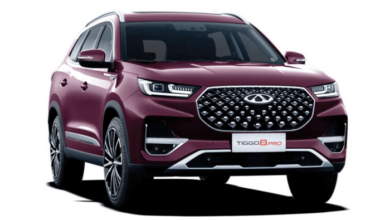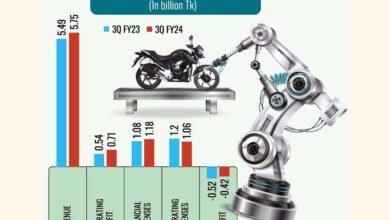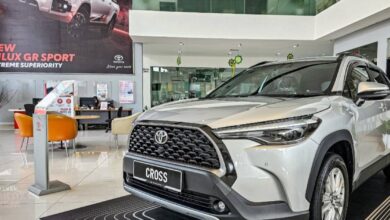Chrysler automobiles, 1927-1937 (photo diary)

Walter P. Chrysler was a self-taught engineer who started his career as a mechanic, traveling from town to town working in different machine shops. In Wellington, Kansas he went to work in the machine shops for the Santa Fe Railroad. He then went to work for Buick as a works manager and rose fairly quickly to become the company’s president.
In 1920, the Maxwell-Chalmers company hired Chrysler to overhaul the company’s troubled operations. Chrysler brought in three engineers from Studebaker—Fred Zeder, Owen Skelton, and Carl Breer—in order to design a revolutionary new automobile. In 1924, the new car was ready and featured innovations such as a high-compression six-cylinder engine and four-wheel hydraulic brakes.
Production of the Chalmers automobile ended in late 1923 and in 1925 the Maxwell Motor Company was re-organized as the Chrysler Corporation. The Depression slowed the growth of Chrysler. By 1936, Chrysler was the second best-selling car in the United States. By this time Chrysler had earned a reputation as an engineering company that had developed a number automotive firsts, including replaceable oil filters, downdraft carburetors, and a new method of mounting engines to isolate vibration.
The innovative streamlining introduced in 1934 proved to be unpopular.
Shown below are some Chryslers from the first decade of production.
1927 Chrysler Model E-60 Imperial Cabriolet
This vehicle was on display in the Western Antique Aeroplane and Automobile Museum (WAAAM) in Hood River, Oregon.

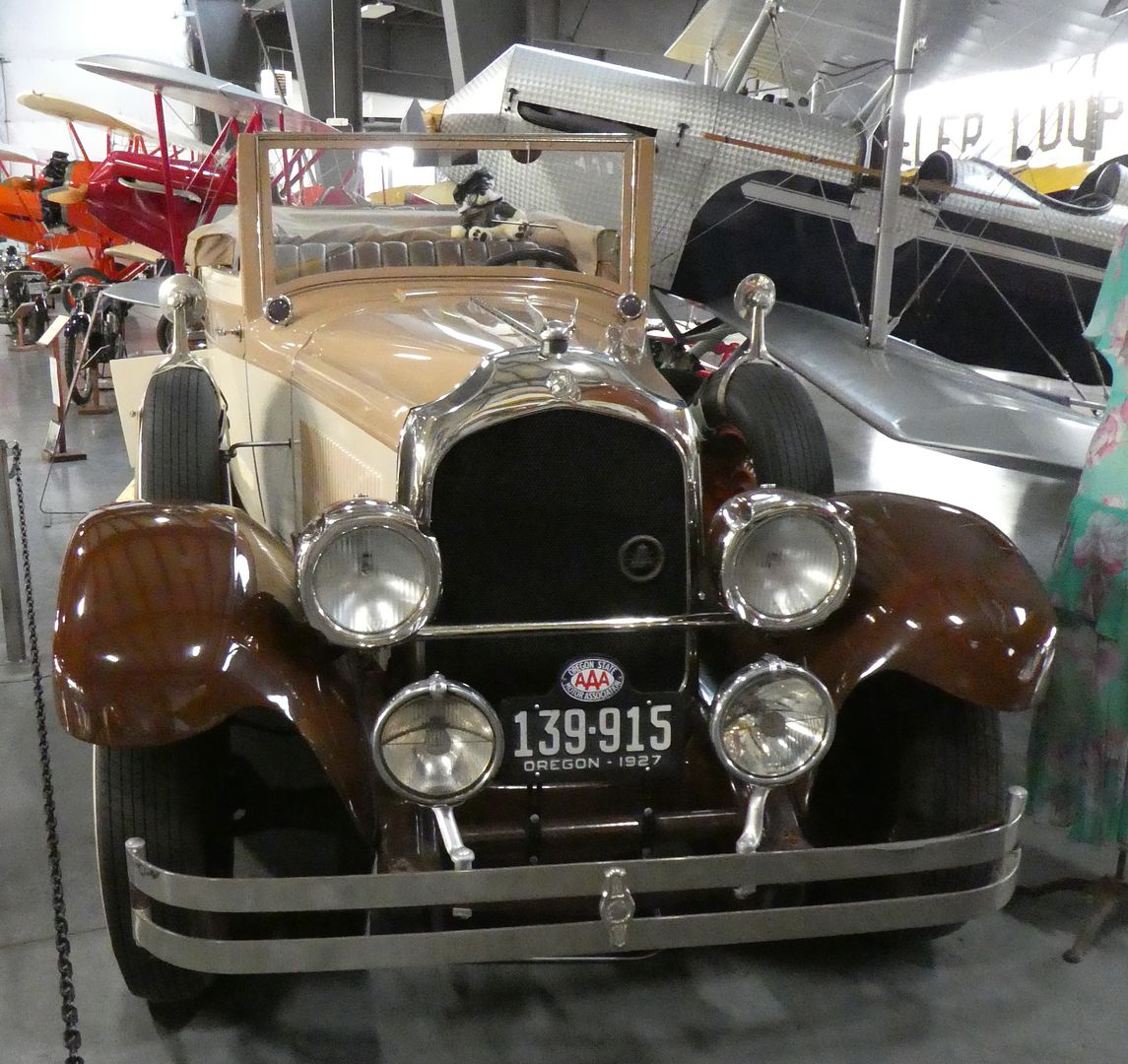
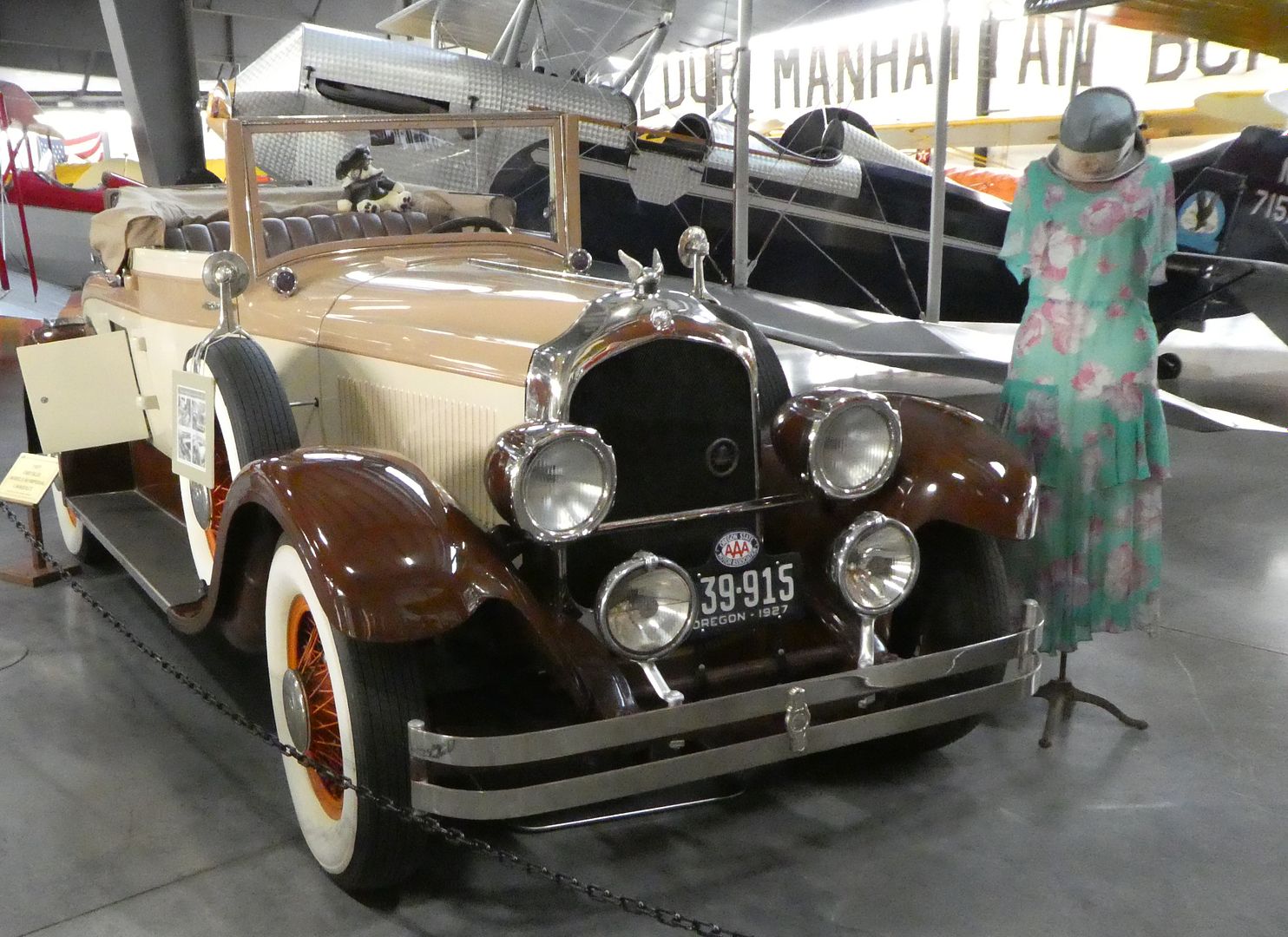
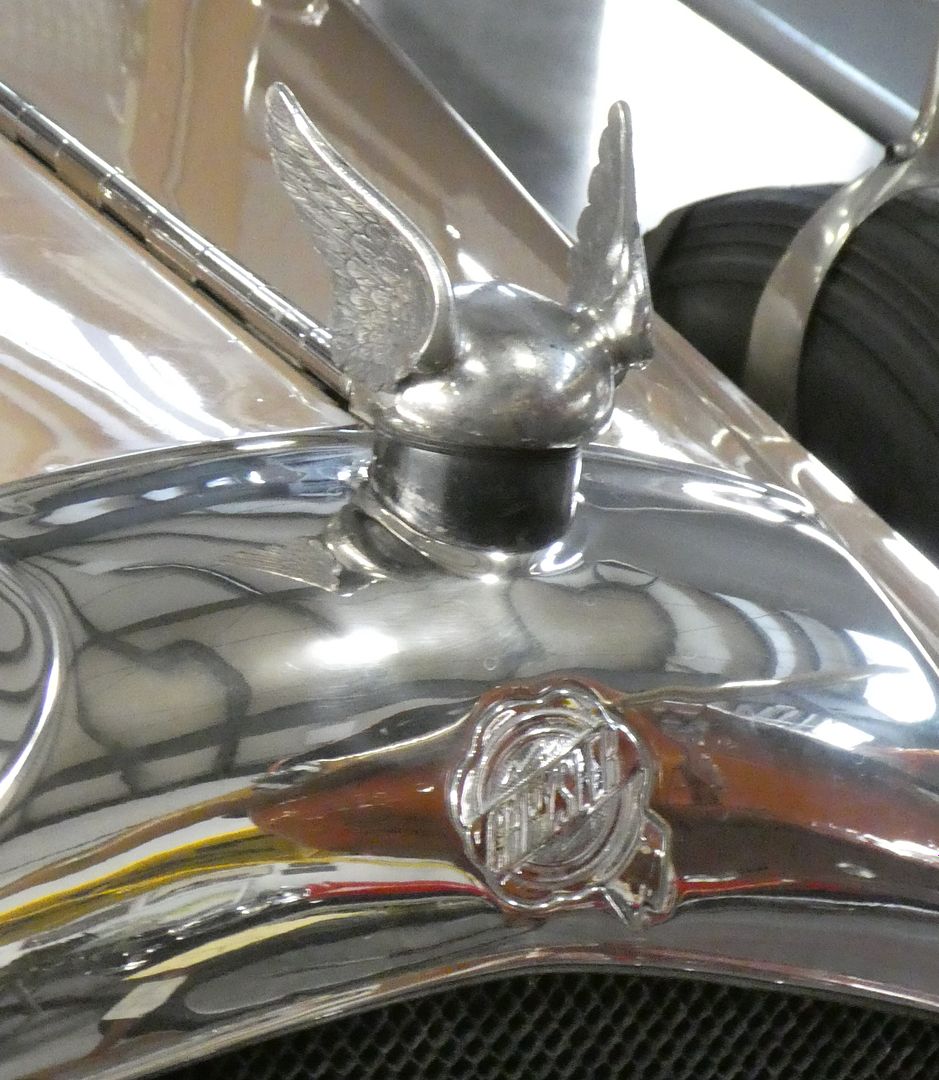
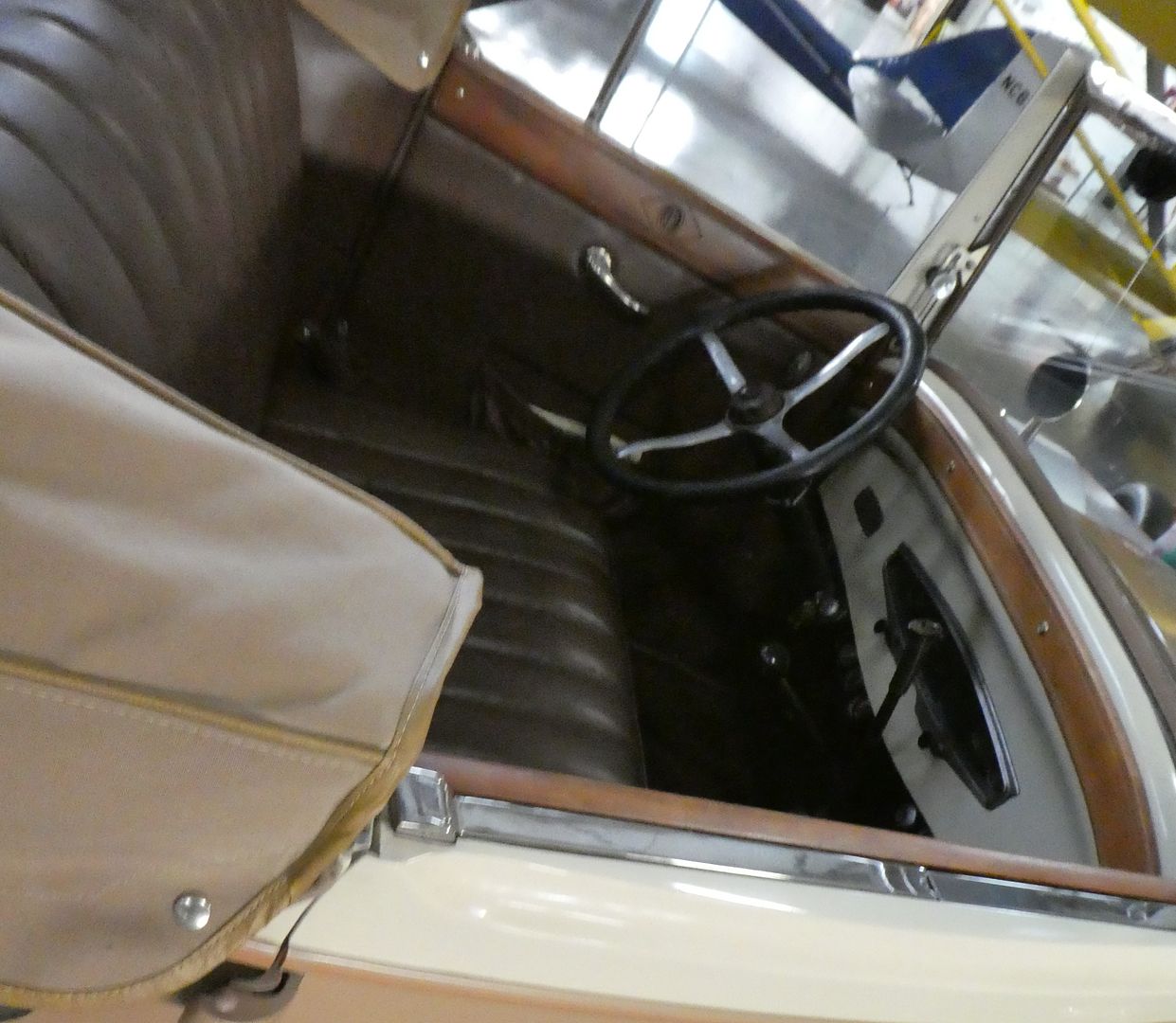
1929 Chrysler Model 65 Coupe
This vehicle was on display in the Western Antique Aeroplane and Automobile Museum (WAAAM) in Hood River, Oregon. This car sold new for $1,296. It has a 98 horsepower, six-cylinder engine.
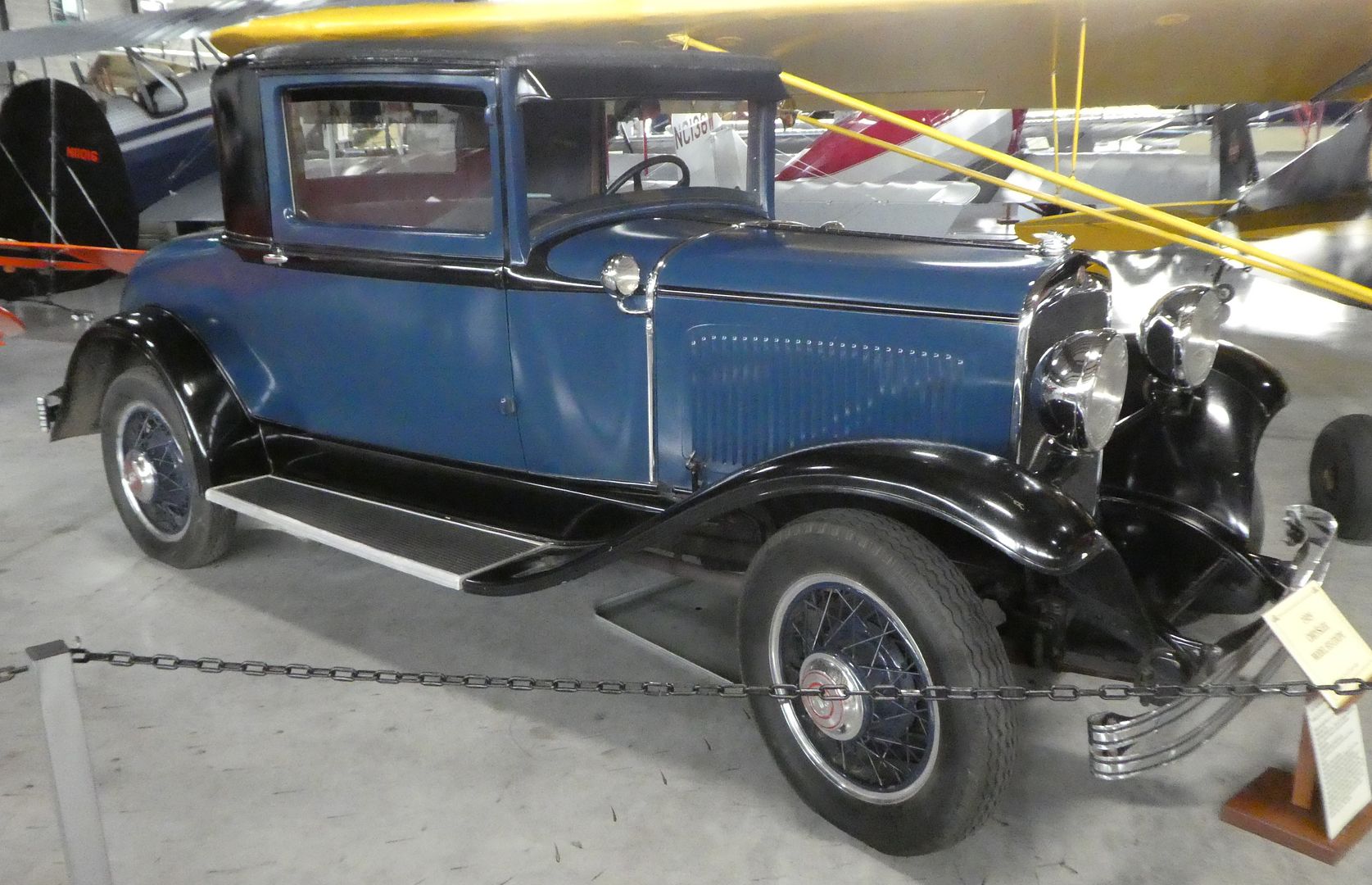
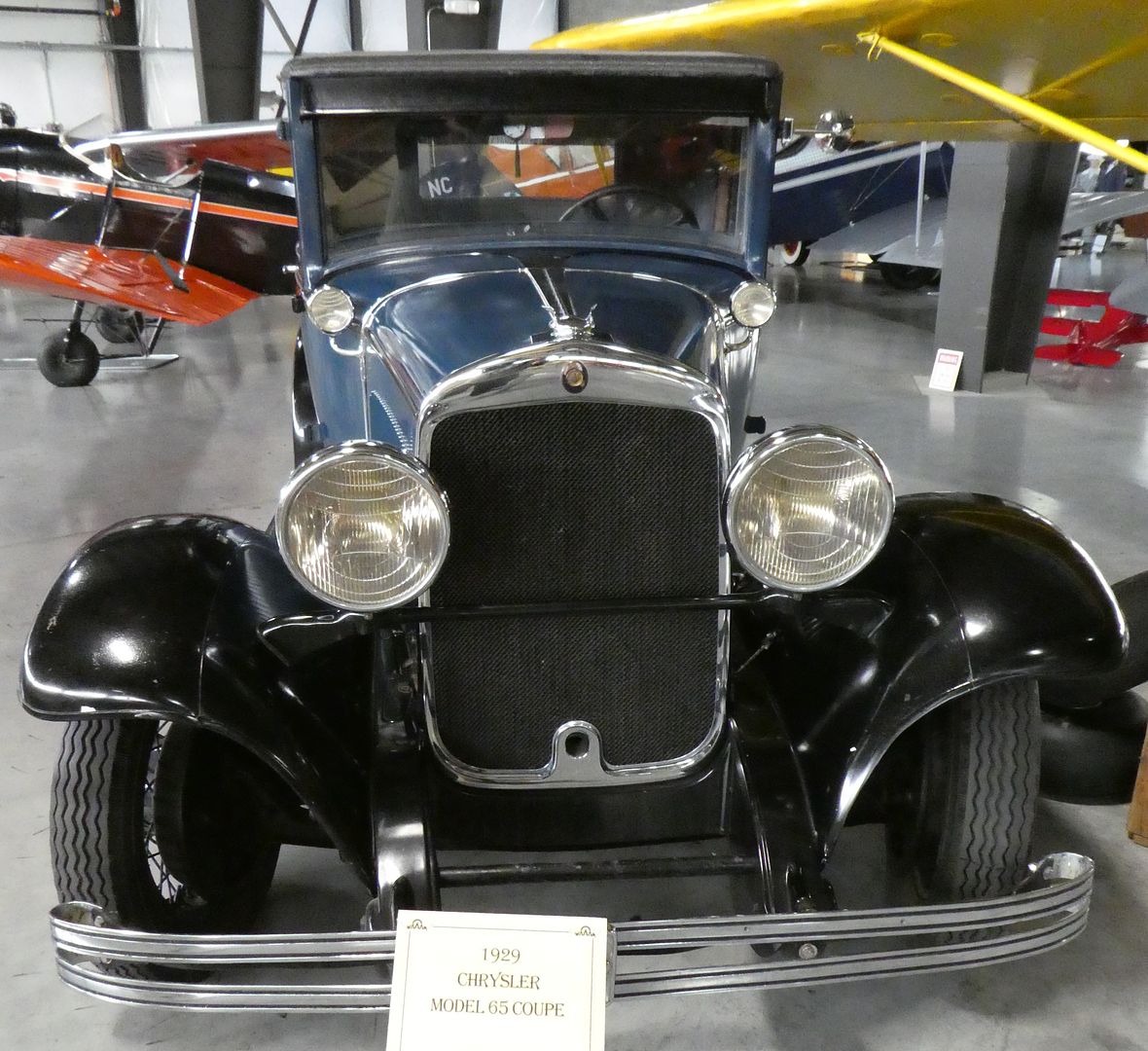
1930 Chrysler 77 Series Roadster
This vehicle was on display in the LeMay—America’s Car Museum in Tacoma, Washington.
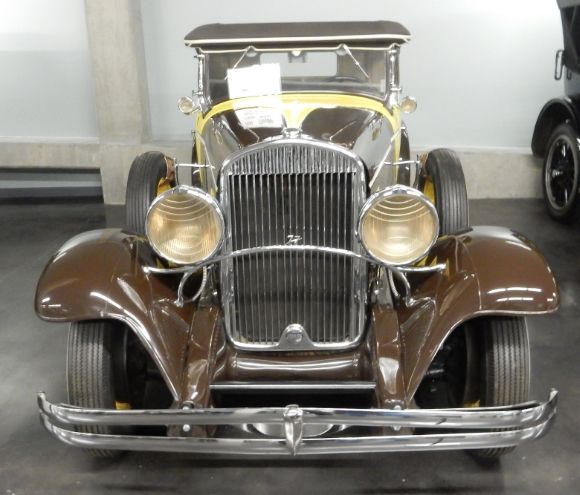
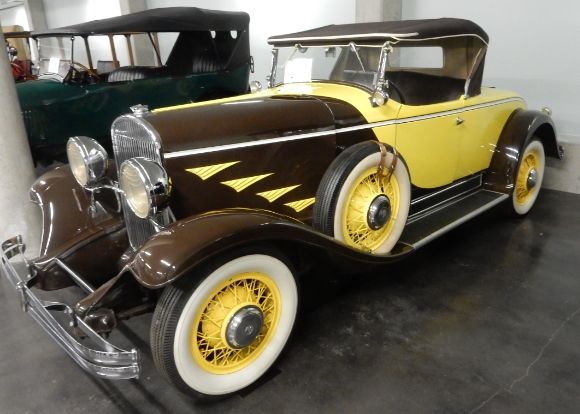
1931 Chrysler CG Imperial Limousine
This vehicle was on display in the Western Antique Aeroplane and Automobile Museum (WAAAM) in Hood River, Oregon.
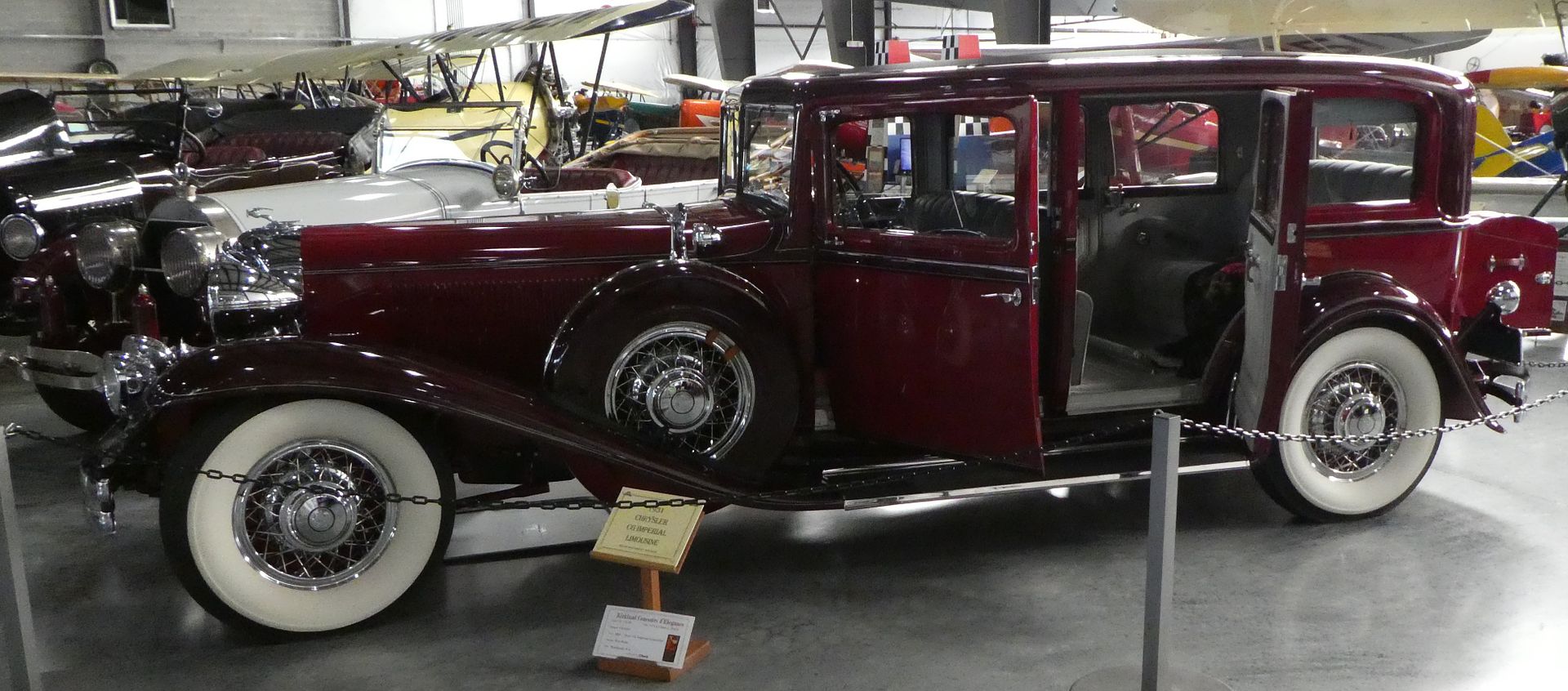
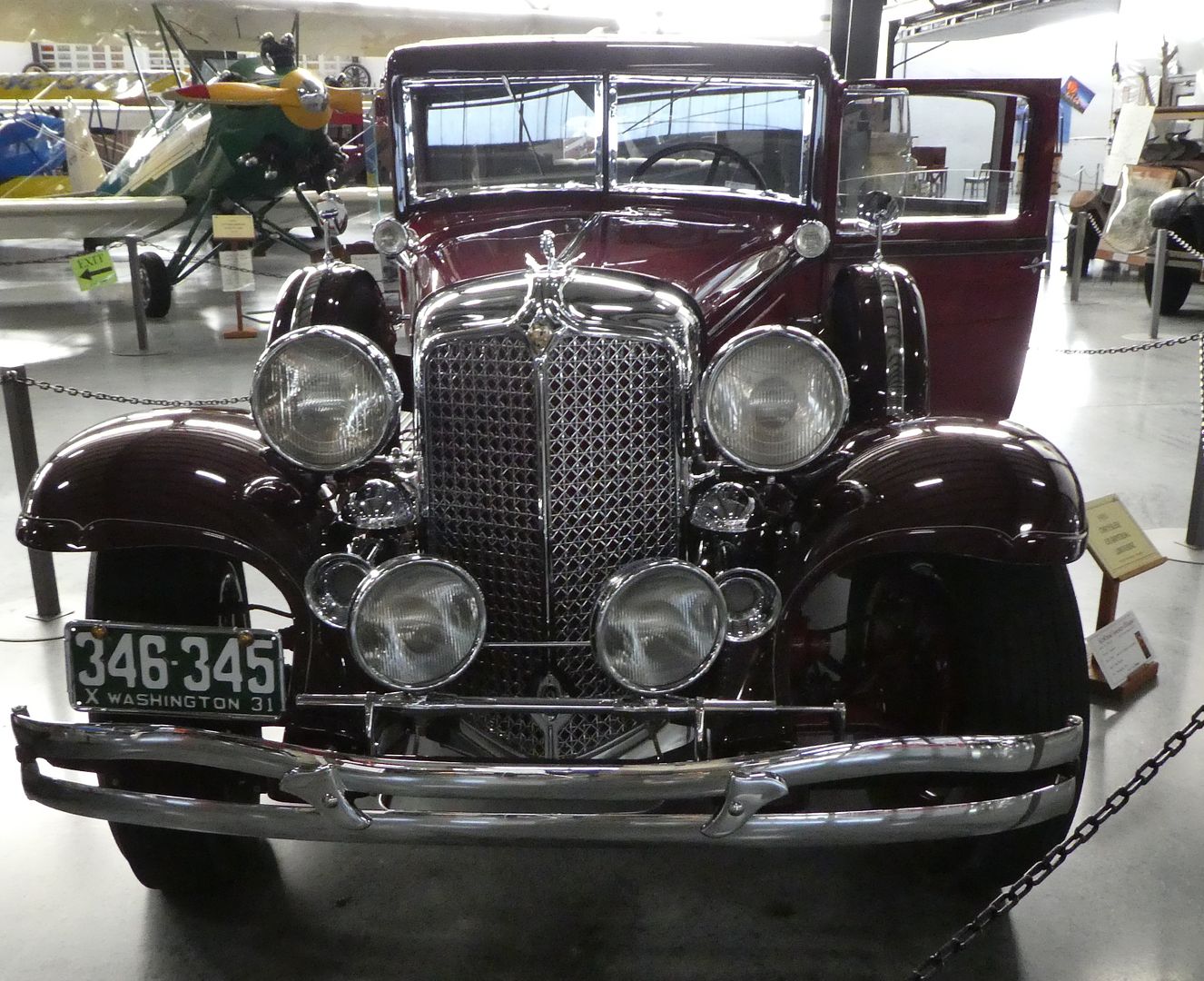

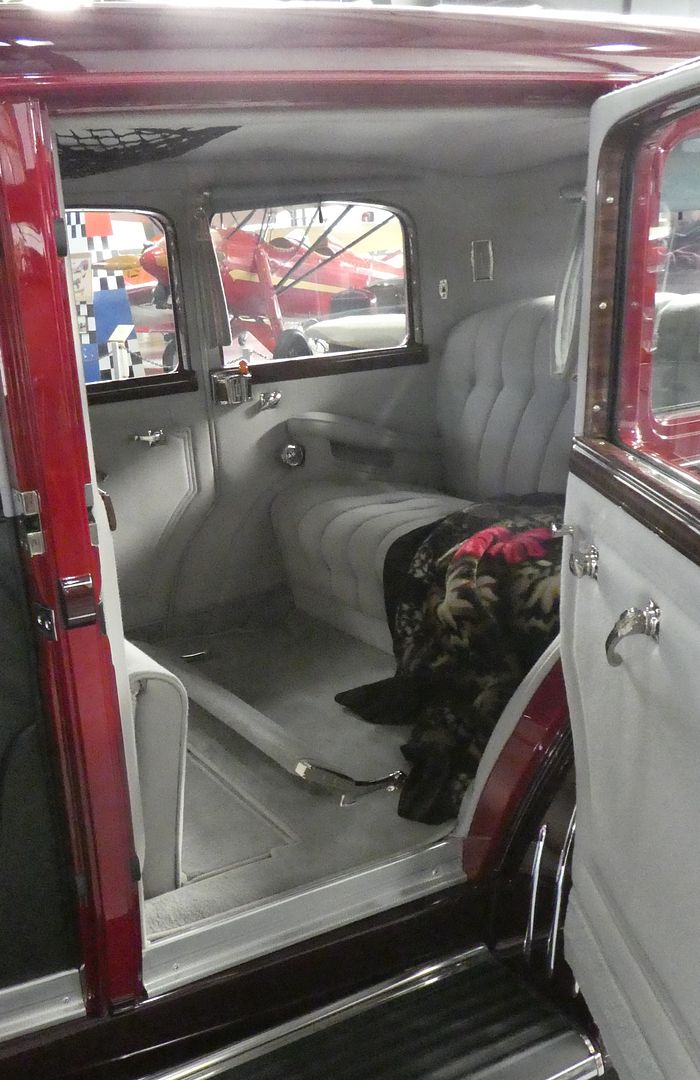
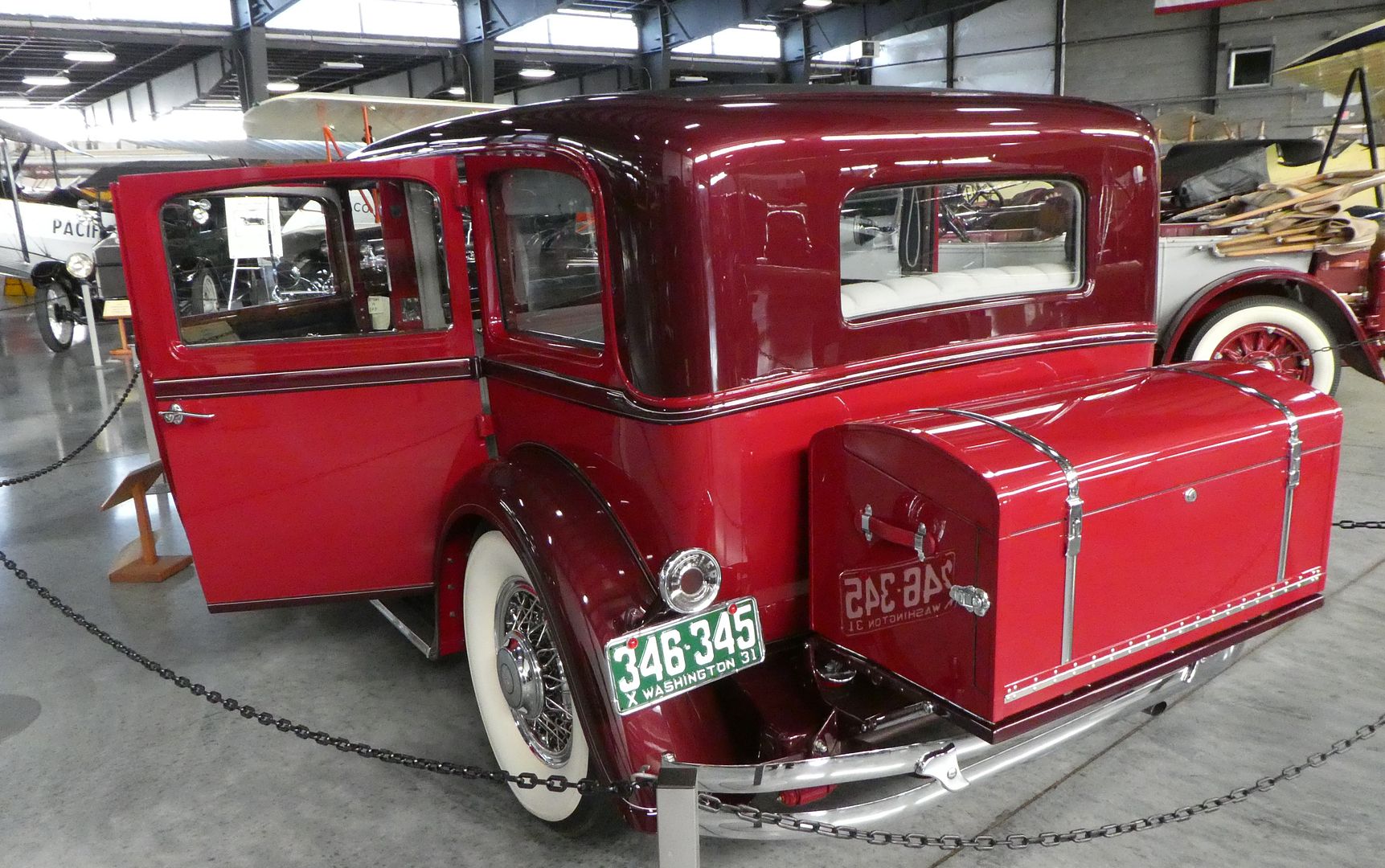

1931 Chrysler Imperial
This vehicle was on display in WAAAM West, Vancouver, Washington. A total of 271 of these cars were produced with a price tag of $3,145. The engine is a 385 CID flat head straight eight producing 125 horsepower and a top speed of 100 mph.
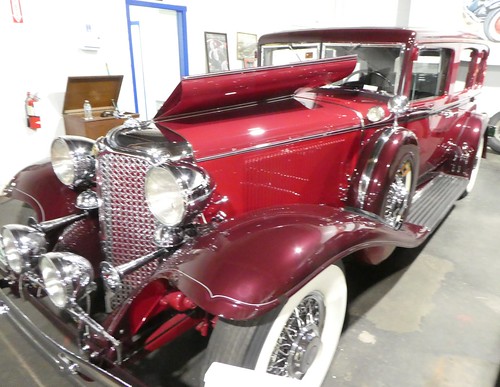
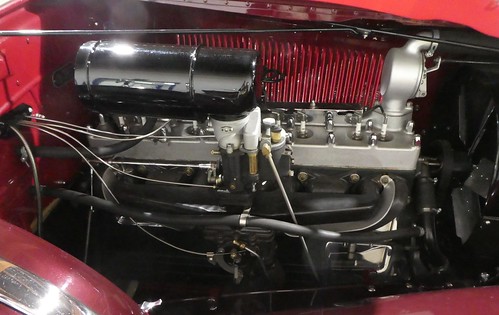
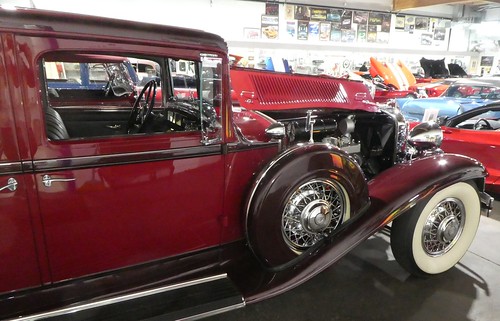
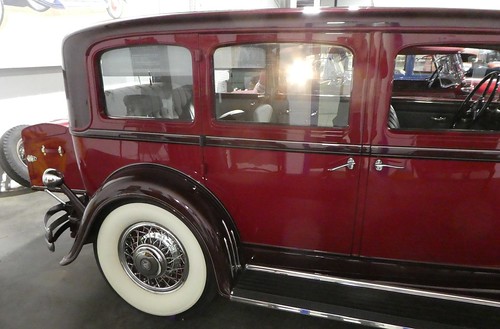
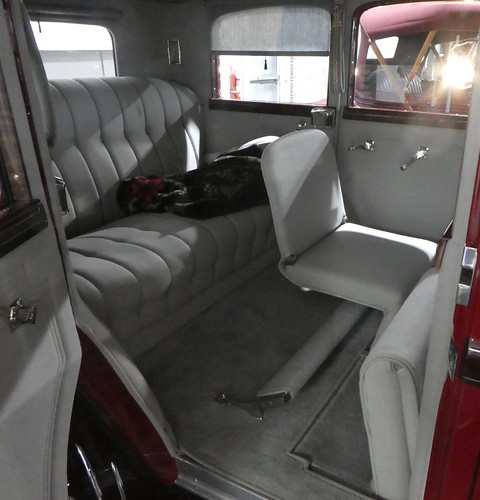
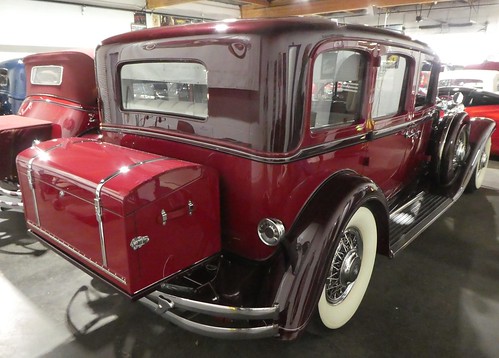

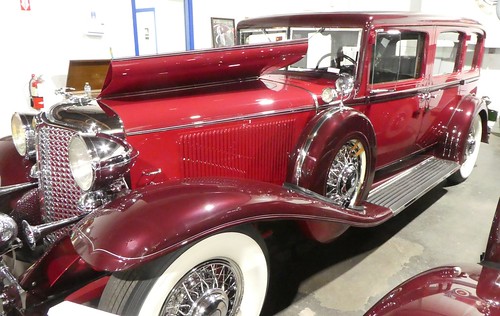
1931 Chrysler Imperial Dual Cowl Phaeton
This vehicle was on display in WAAAM West, Vancouver, Washington. This car is #50 of 85 built. It sold for $3,575. This car was originally headed for Buenos Aires, Argentina. Ron Wade acquired in the 1970s and spent 35 years collecting all the missing parts and restoring it.

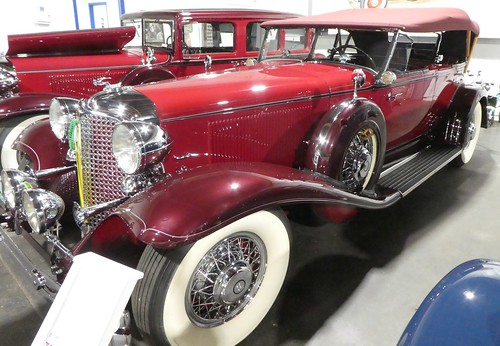
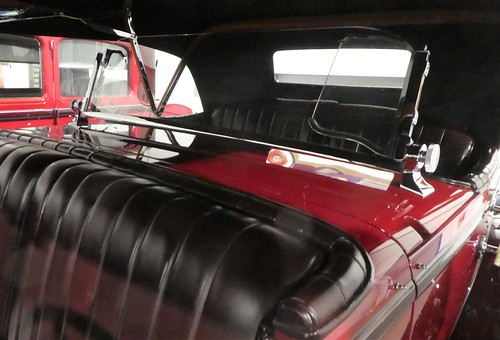
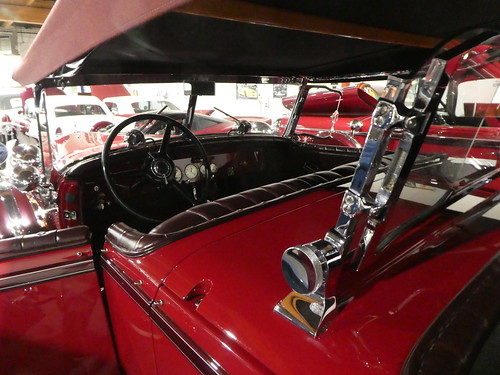
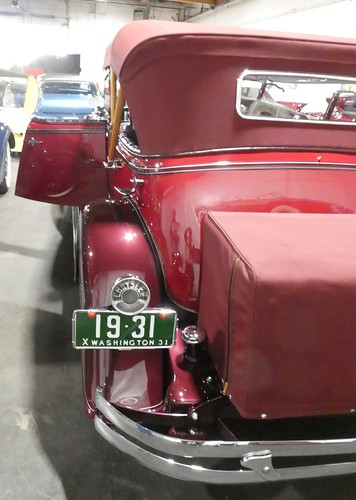
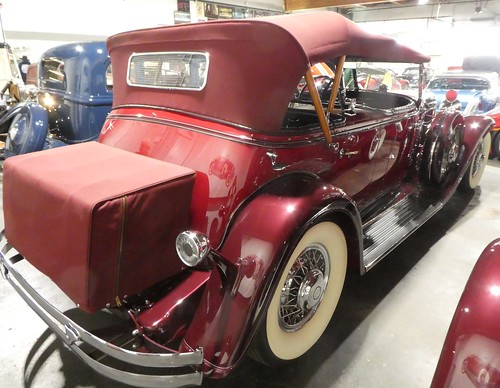
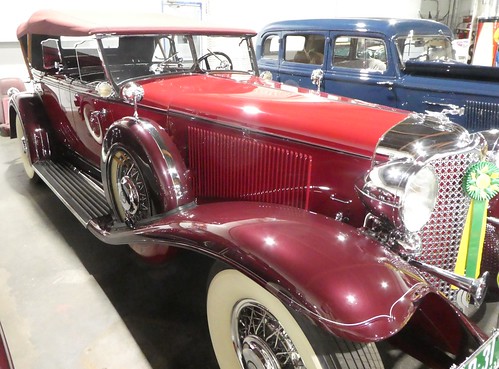
1933 Chrysler Royal 8 CT, 2-Door Coupe
This vehicle was on display in the LeMay—America’s Car Museum in Tacoma, Washington.
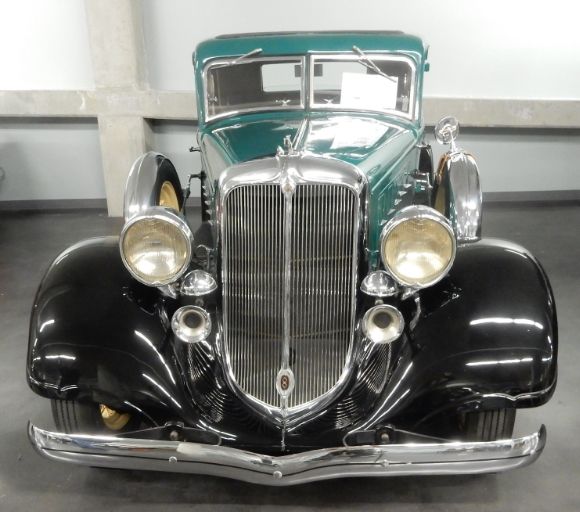

1934 Chrysler Imperial Series CV Airflow Coup
This vehicle was on display in a special exhibit in the Portland Art Museum, Portland, Oregon.
The development of the Chrysler Airflow line was led by chief engineer Carl Breer and the coachwork was designed by Fred Zeder. According to the display:
“Unlike the more flamboyant French and European expressions of Art Deco, these cars were more linear and streamlined. The Airflow was superior in safety and strength, but its unconventional looks met with disappointing sales.”
The museum display also notes:
“With its unit body and streamlined design, the Airflow was a brilliantly conceived and well-executed machine that was simply too modern for its time. It remains one of the best examples of the Art Deco style in the American idiom.”
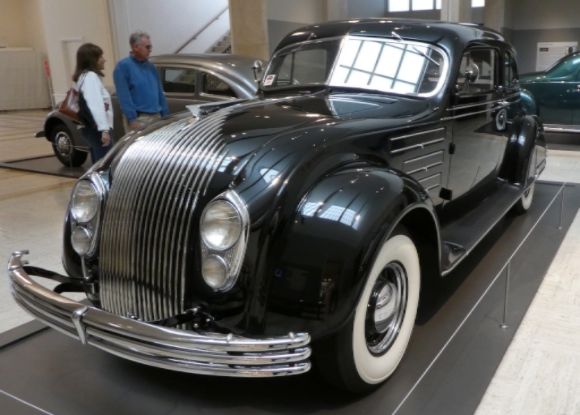
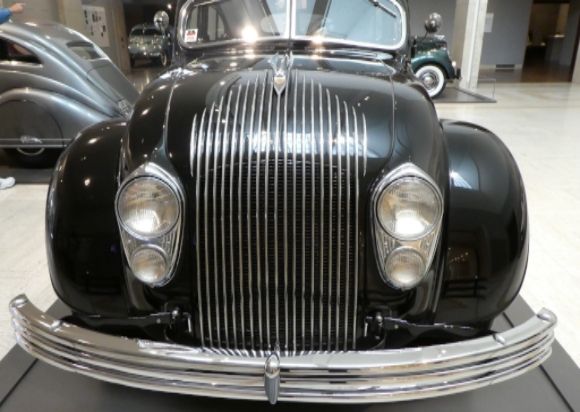
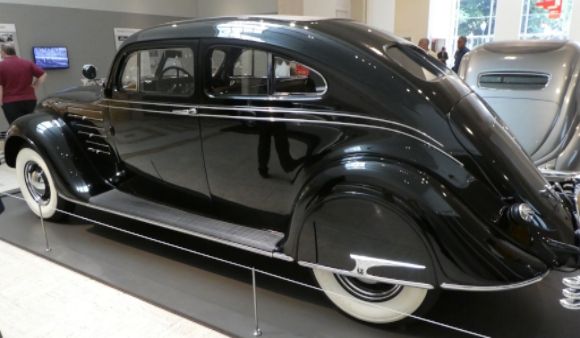
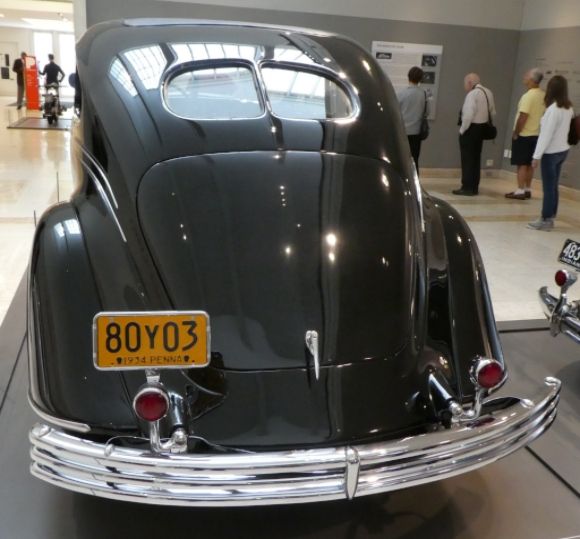
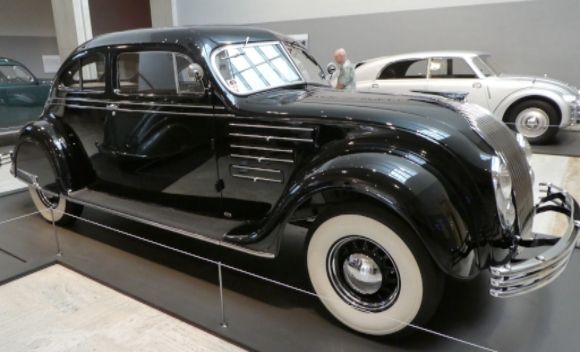
1935 Chrysler Airstream 4S
This vehicle was on display in the Western Antique Aeroplane and Automobile Museum (WAAAM) in Hood River, Oregon.
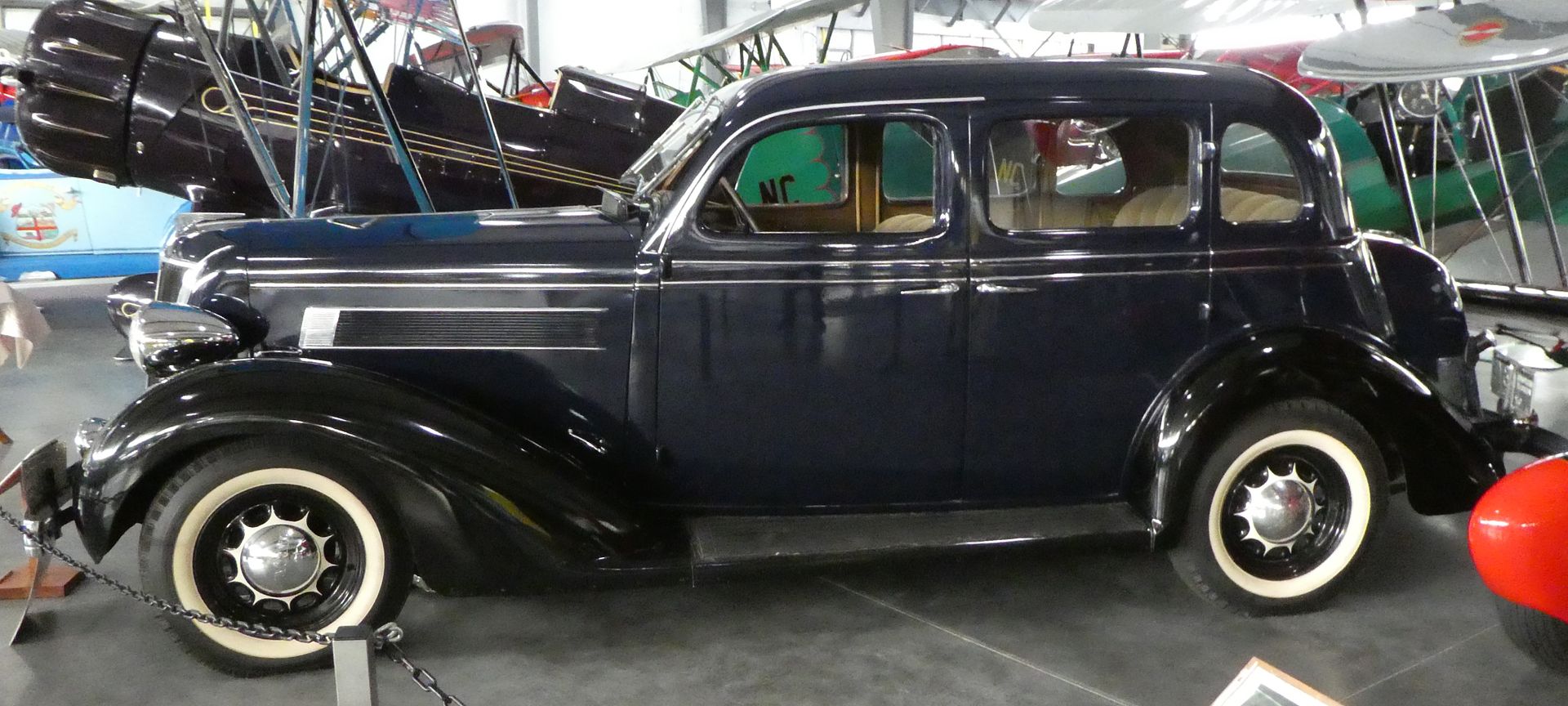
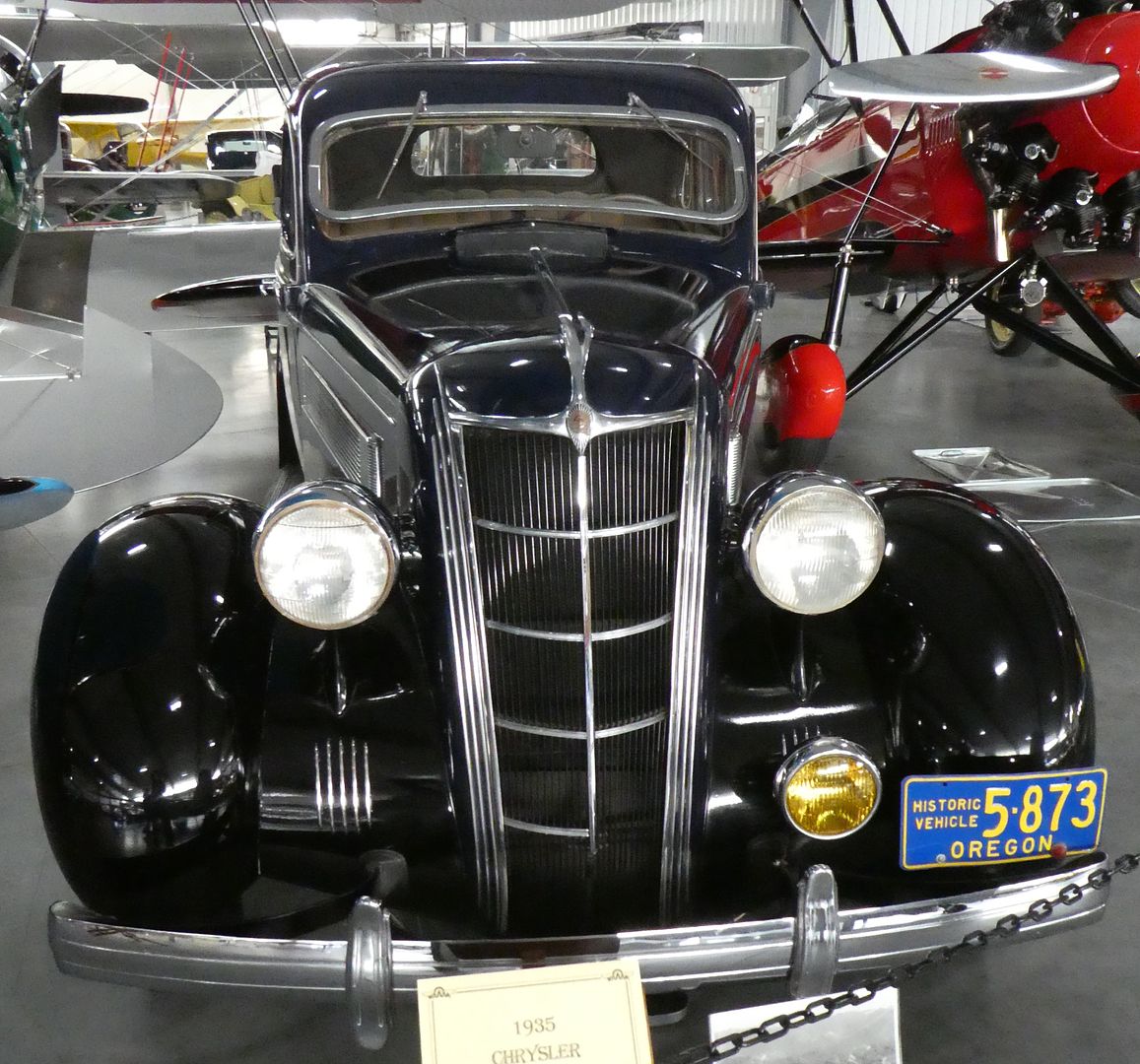
1937 Chrysler Airflow
This vehicle was on display in the LeMay—America’s Car Museum in Tacoma, Washington.
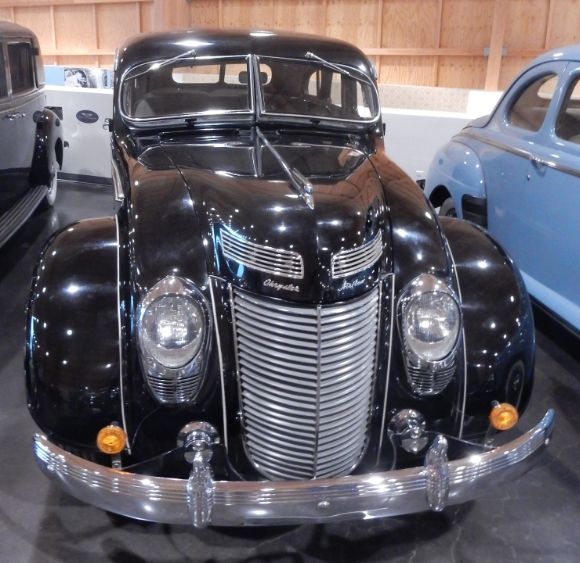
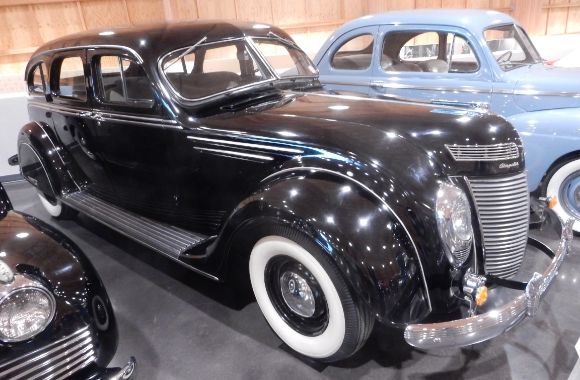
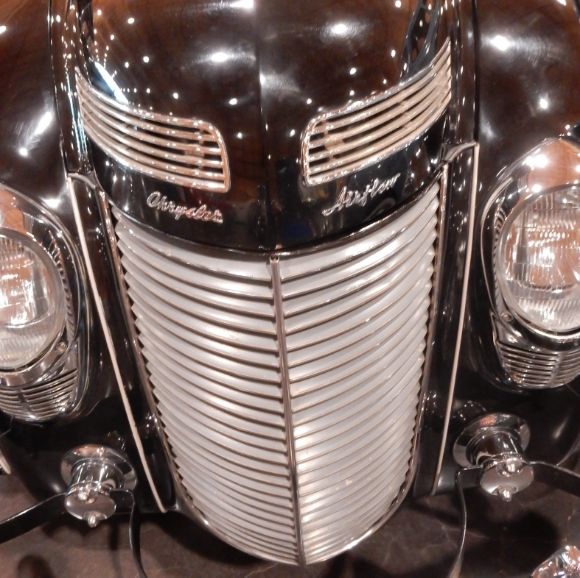
More automobiles
Museums 201: Chrysler automobiles of the 1960s (photo diary)
Museums 201: Oldsmobile automobiles (photo diary)
Museums 201: Plymouth automobiles of the 1960s and 1970s (photo diary)
Museums 201: Dodge automobiles, 1916 to 1928 (photo diary)
Museums 201: Luxury Cars of the 1930s
Museums 201: Ford automobiles, 1921 to 1927 (photo diary)
